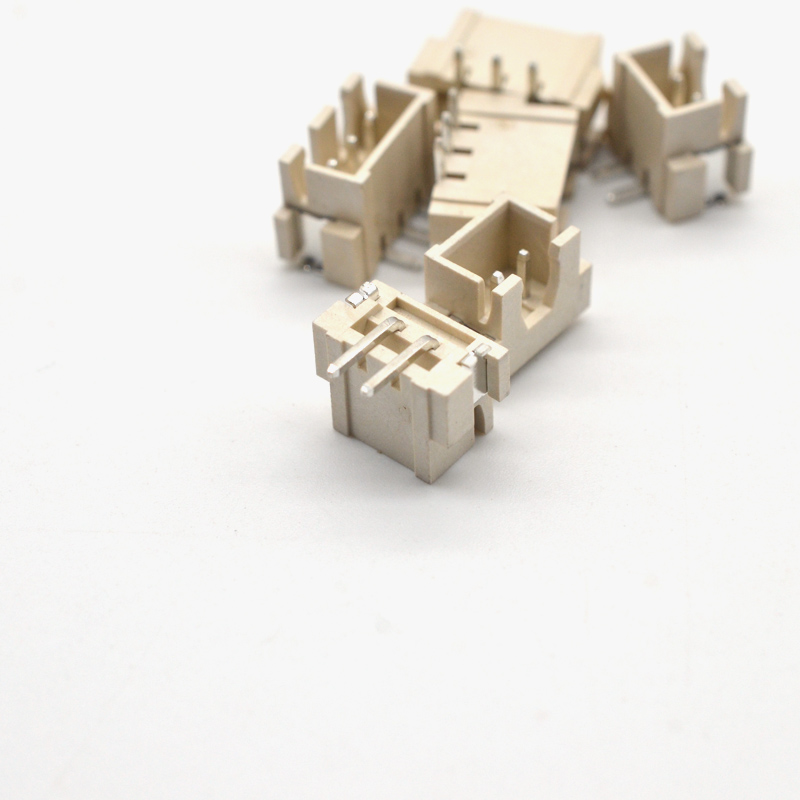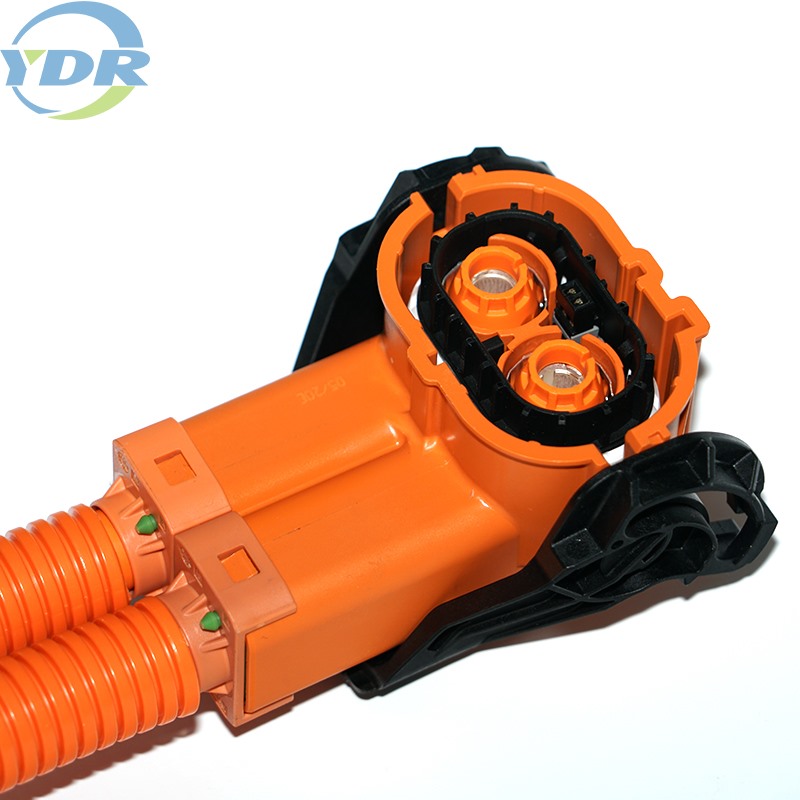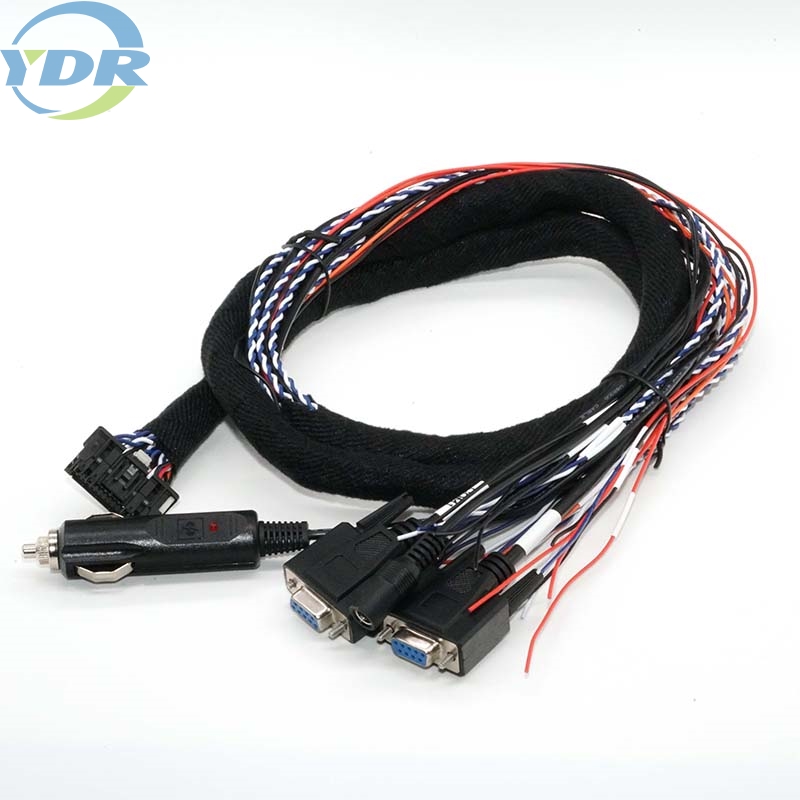Connection method of industrial connector
Industrial connectors are also called connectors and plugs. Its function is to connect two active components and act as a current and signal transmission function. With the changes in the application environment, connectors have derived a variety of connection methods, the purpose is to better adapt to the scene environment and ensure stable signal transmission.
1. Threaded connection
This is the traditional connection method, and it will be useful to work in some larger-sized components or in an environment with strong vibration. The advantage of this type of connection is that it is reliable in use, and the cable is fixed by the friction of the nut and gear. If you add a fuse to prevent loosening, the effect will be better. The disadvantage is that the disassembly speed is relatively slow, and it takes a little bit of electricity to retract the thread, which is time-consuming.
2. Bayonet connection
This is a connection form that can connect and disconnect quickly. It is often used to connect two simple electrical components. Connectors that are connected by a snap-in type will mark the correct snap-locking direction at the buckle. The user can observe whether the buckle is installed in the small hole on the side of the connector nut.
3. Plug connection
The plug-in connection method is a commonly used connection method. The plug and socket of the connector can be connected and separated by moving in the horizontal direction. No twisting and optional installation are required, and the connection can be completed in a short time. And separation. The common plug connection has two structures: ball and pin. This connection method saves the traditional mechanical locking mechanism, so once the connector is inserted by mistake, it is very difficult to pull it out.
4. Cabinet connection
It is based on the electrical connection method that is close to the frame and needs to be blindly connected to the equipment. Using this method can make the electrical equipment very light and small. Each unit can work independently of each other, which is easier to maintain and has higher reliability. Since the operator of this connection mode cannot perceive the connection, there must be an accurate positioning device to assist the smooth connection. Usually use floating contact or spring design to ensure its correct connection.
5. Soldering connection
Soldering connection refers to the formation of continuous metal between the solder and the surface to be soldered. Therefore, the prerequisite for the connector is to have solderability. The common plating on the soldering end of the connector includes metals such as tin alloy, silver and gold. The reed type contact has the welding piece type, the punching welding piece type and the notched welding piece type for the common welding end: the pinhole contact has a drilling arc notch for the common welding end.
6. Pierce the connection
Piercing connection is also called insulation displacement connection. It has the characteristics of high reliability, low cost, and convenient use. It has been widely used in connectors in the printing industry. It is suitable for interconnection between ribbon cables. It is not necessary to puncture the insulation layer of the cable when connecting. The tip of the "U"-shaped contact spring of the connector is used to pierce the insulation layer, so that the conductor of the cable slides into the concave groove of the connector and is fixed, so that the cable and The connectors are in close contact.

 English
English  Español
Español  Português
Português  русский
русский  Français
Français  日本語
日本語  Deutsch
Deutsch  tiếng Việt
tiếng Việt  Italiano
Italiano  Nederlands
Nederlands  ภาษาไทย
ภาษาไทย  Polski
Polski  한국어
한국어  Svenska
Svenska  magyar
magyar  Malay
Malay  বাংলা ভাষার
বাংলা ভাষার  Dansk
Dansk  Suomi
Suomi  हिन्दी
हिन्दी  Pilipino
Pilipino  Türkçe
Türkçe  Gaeilge
Gaeilge  العربية
العربية  Indonesia
Indonesia  Norsk
Norsk  تمل
تمل  český
český  ελληνικά
ελληνικά  український
український  Javanese
Javanese  فارسی
فارسی  தமிழ்
தமிழ்  తెలుగు
తెలుగు  नेपाली
नेपाली  Burmese
Burmese  български
български  ລາວ
ລາວ  Latine
Latine  Қазақша
Қазақша  Euskal
Euskal  Azərbaycan
Azərbaycan  Slovenský jazyk
Slovenský jazyk  Македонски
Македонски  Lietuvos
Lietuvos  Eesti Keel
Eesti Keel  Română
Română  Slovenski
Slovenski  मराठी
मराठी  Srpski језик
Srpski језик 





